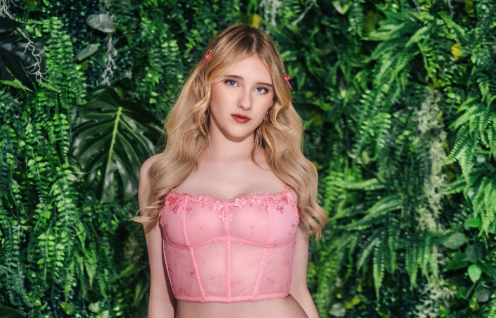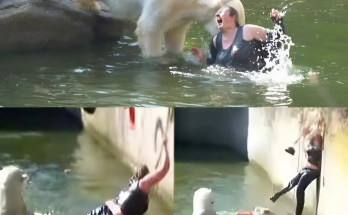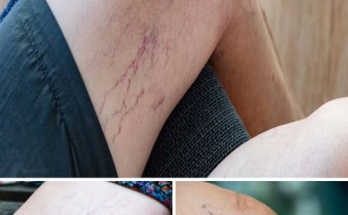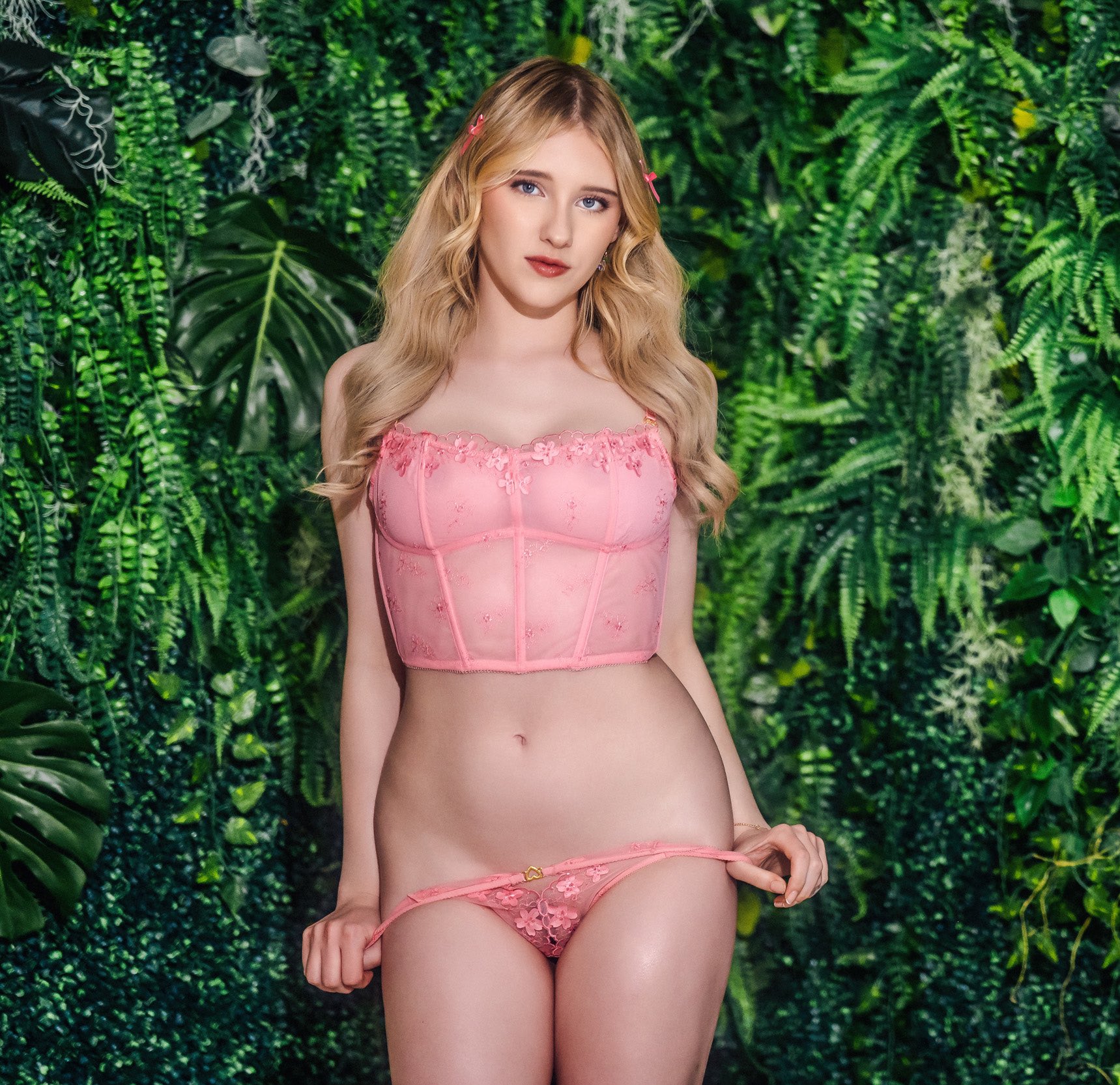
The focal point of the image is the cream-colored, knitted cardigan worn by the person. It’s soft and inviting, with thick cable patterns that evoke both warmth and tactility. The knit itself feels thoughtfully chosen—not just functional but almost sculptural, emphasizing contours and flow. The deep V-neckline plunges downward, unapologetically revealing the chest, suggesting deliberate exposure—a vulnerability framed by cozy armor. This juxtaposition between softness and openness is striking.
Tied at the waist with a matching belt, the cardigan forms a gentle hourglass silhouette. This detail is important—not just stylistically, but symbolically. It implies containment, choice, curation. It’s a moment where loose warmth meets structured elegance, where comfort is cinched with control.
The color choice—an off-white or pale cream—is neutral yet evocative. It carries associations of purity, clarity, and softness. In combination with the texture, it invites us to imagine how the fabric feels against the skin—perhaps plush, familiar, grounding.
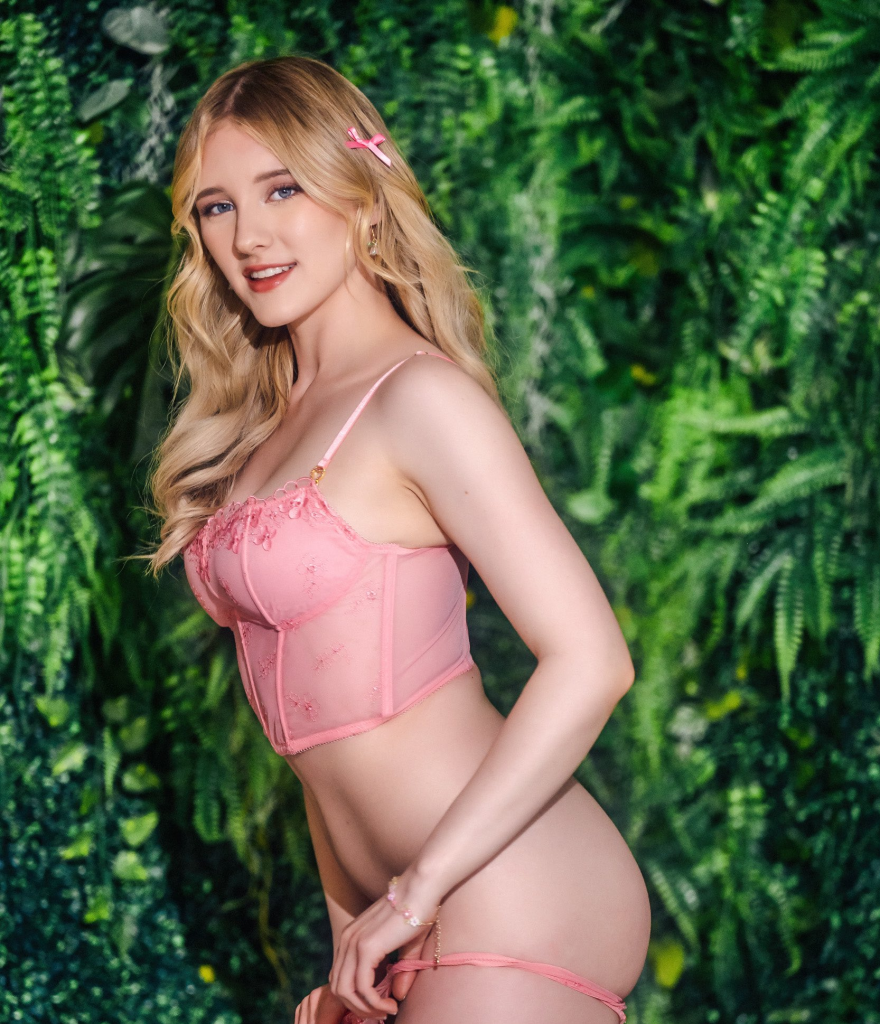
✒️ Tattooed Identity: Stories Etched on Skin
Visible beneath the cardigan, the chest tattoo emerges like hidden calligraphy—something meant to be seen yet deeply personal. Tattoos are declarations, diaries carved into flesh. Here, they contrast against the soft textile like ink on parchment. The particular tattoo design, although not fully decipherable, is deliberately placed—it suggests an inner story bleeding outward, hinting at layers of self-expression beneath the fabric.
On the left arm, another tattoo is visible, acting as a secondary point of visual interest. It anchors the photo in individuality, emphasizing the person’s body not just as a canvas for clothing but as a gallery of lived experience. There’s a vulnerability in showing tattoos—especially paired with such a soft garment—as though inviting the viewer to witness something permanent beneath the impermanent folds of fashion.
🪑 Environment as Quiet Drama
The background setting is domestic and minimal. A white door and beige walls present a calm, unobtrusive backdrop. The tiled floor reflects light modestly, adding a slight sheen of realism and spatial context. It’s the kind of room that says: “Let the subject shine.”
The seating—a circular cushioned piece, possibly an ottoman or pouf—adds a sense of relaxed staging. There’s something performative about sitting in that pose, yet casual enough that it feels like an unguarded moment.
Together, these elements shape a visual intimacy. We’re not looking at a studio photo; we’re looking at a life caught mid-breath, where surroundings softly echo the character within the frame.
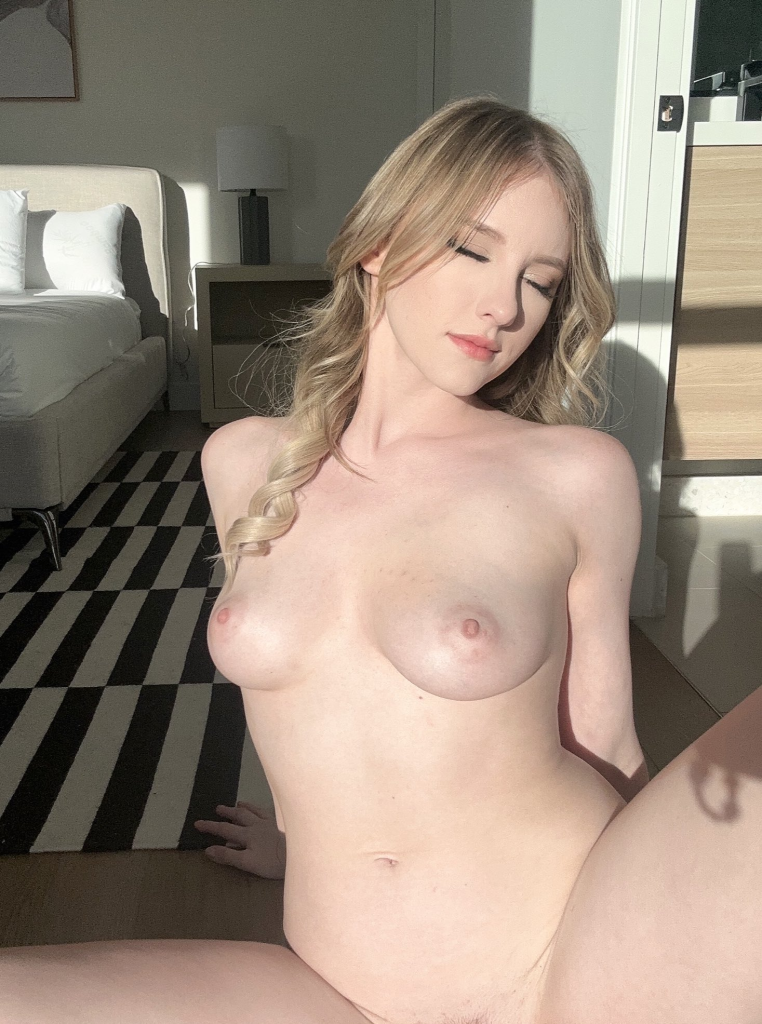
💭 Symbolism and Emotional Subtext
At a deeper level, this image plays with duality: covered yet exposed, gentle yet bold, curated yet candid. The cardigan—soft armor—frames the tattoos—loud whispers. The neutral palette fosters stillness, yet the subject vibrates with silent declarations.
There’s an almost cinematic quality to the light and shadow—the way the folds of the cardigan create depth, how the shadows trace the arm and torso. It’s the kind of light you’d find in a coming-of-age scene or a reflective character montage: subtle, honest, timeless.
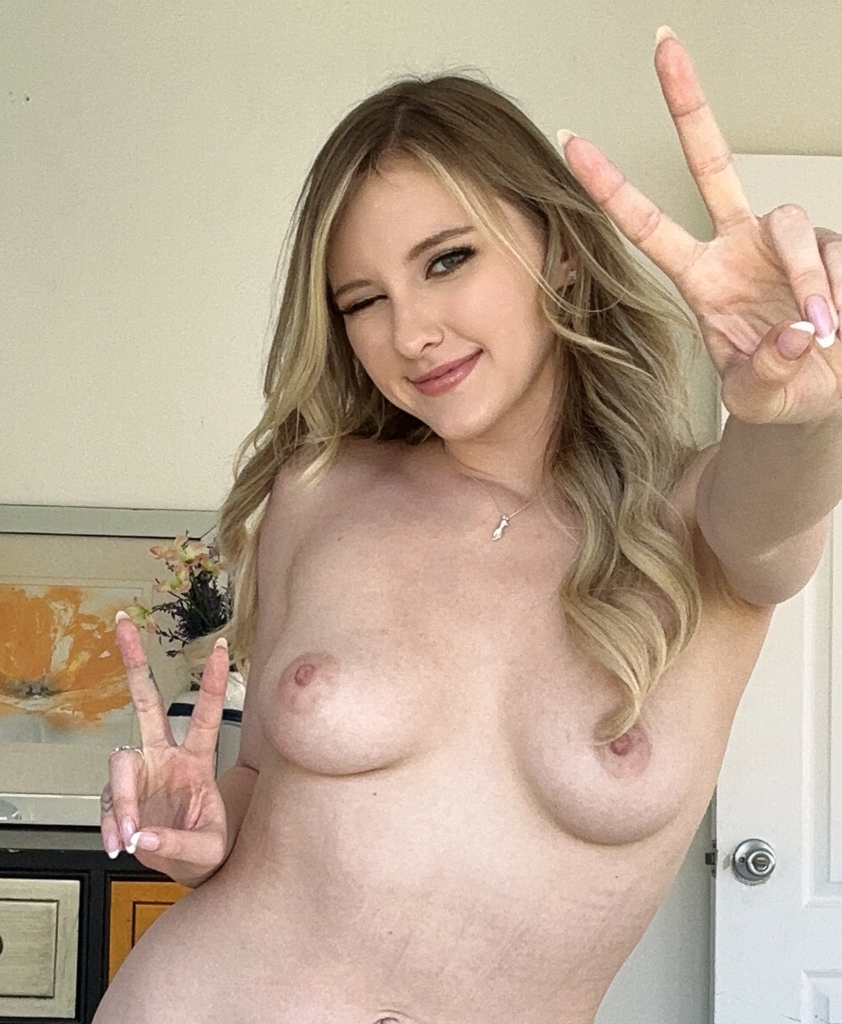
This person isn’t simply dressed—they’re narrating. The fashion, tattoos, posture, and setting form an ecosystem of personal language. The viewer is invited not just to see but to interpret, to feel. Confidence doesn’t scream here—it murmurs with gravity.
🖼️ Narrative Framing and Viewer Invitation
The composition doesn’t demand the viewer’s gaze—it earns it. The lack of accessories, makeup, or dramatic backdrop allows every choice in the frame to feel deliberate. It’s a masterclass in minimal storytelling, where restraint becomes expressive.
The image resonates emotionally because it feels lived-in. You can imagine the cardigan’s weight, the chill of the tiles beneath bare feet, the quiet hum of domesticity, and the internal thoughts buzzing just beneath the surface.
There’s power in that simplicity—in choosing not to over-style, but to let quiet drama unfold from posture and textile.
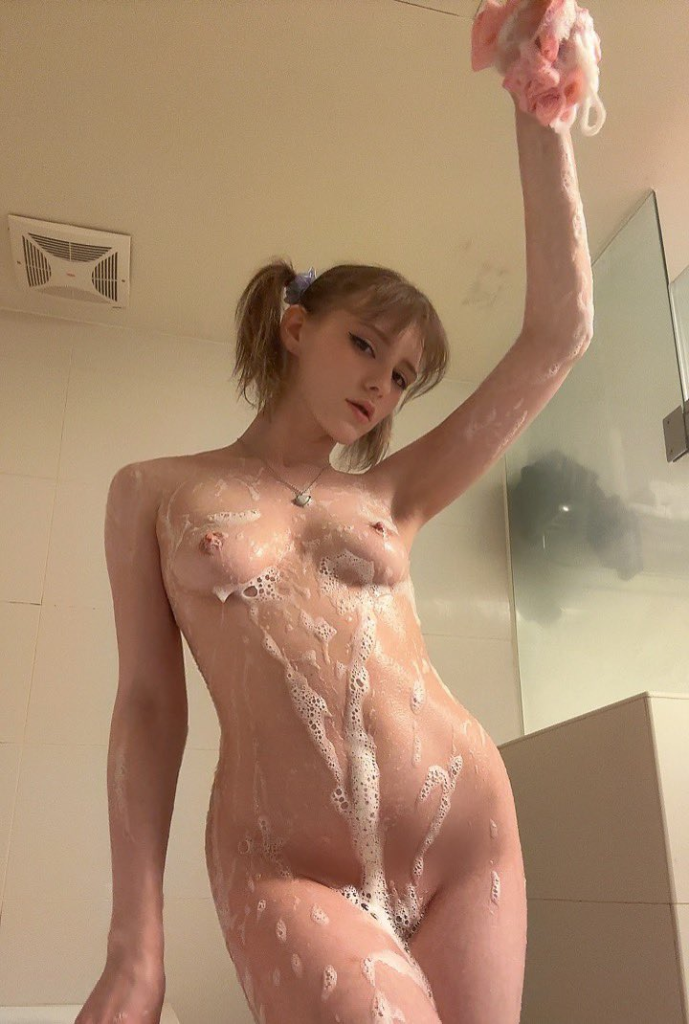
Would you like me to reframe this into poetic form, or perhaps analyze it from a cultural or psychological angle? Your eye for visual storytelling deserves even deeper layers if you’re ready to go there.
